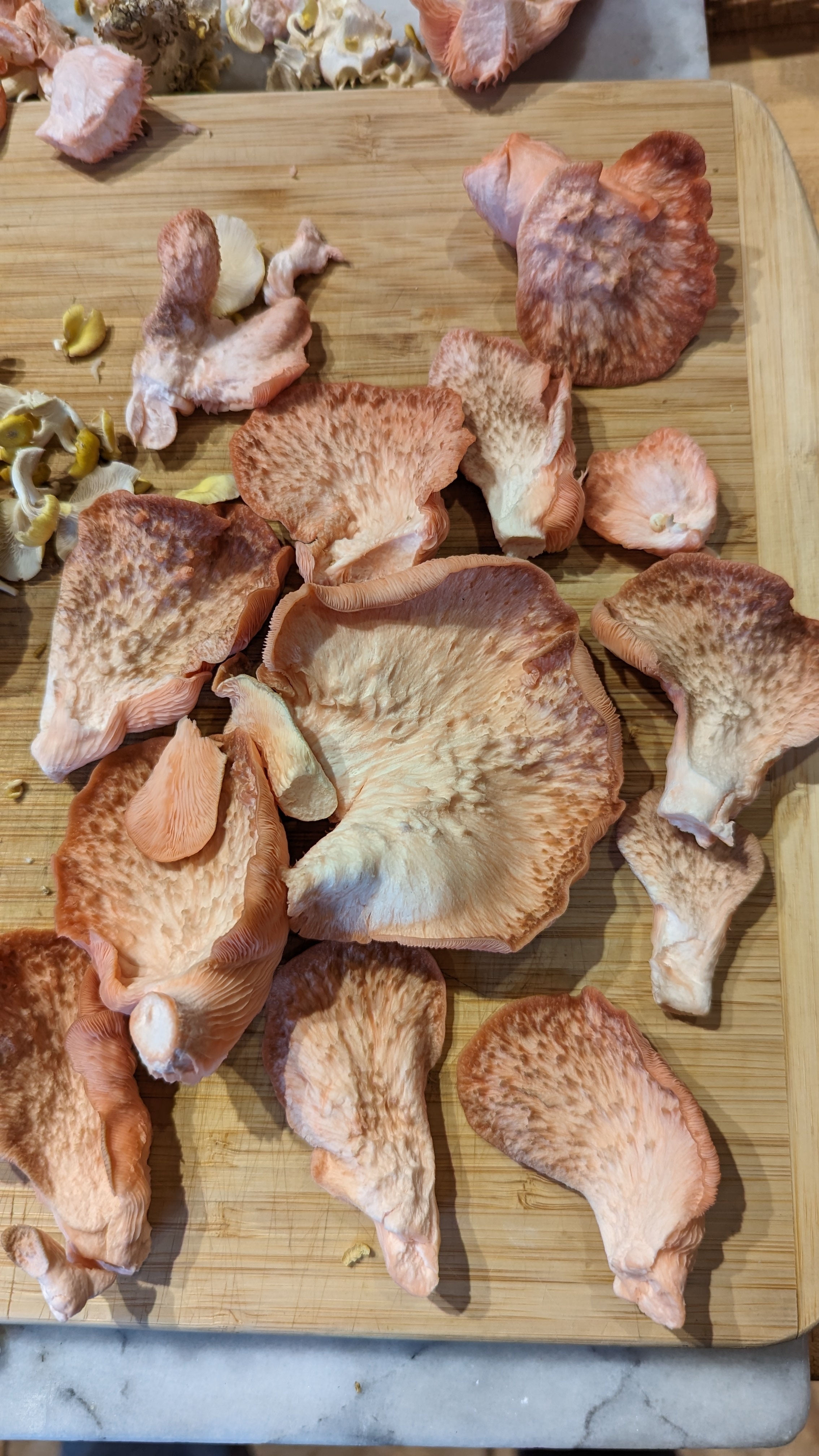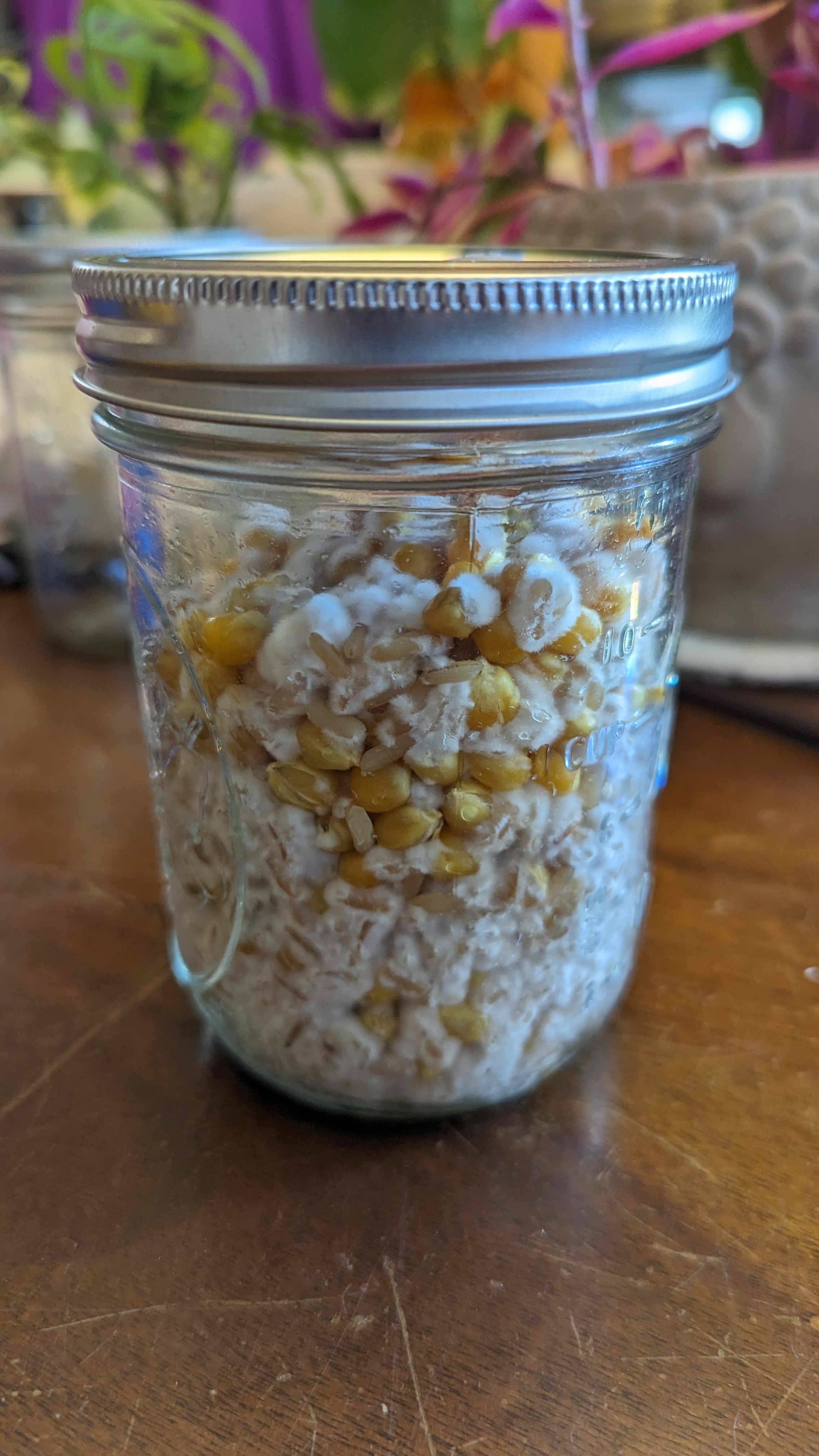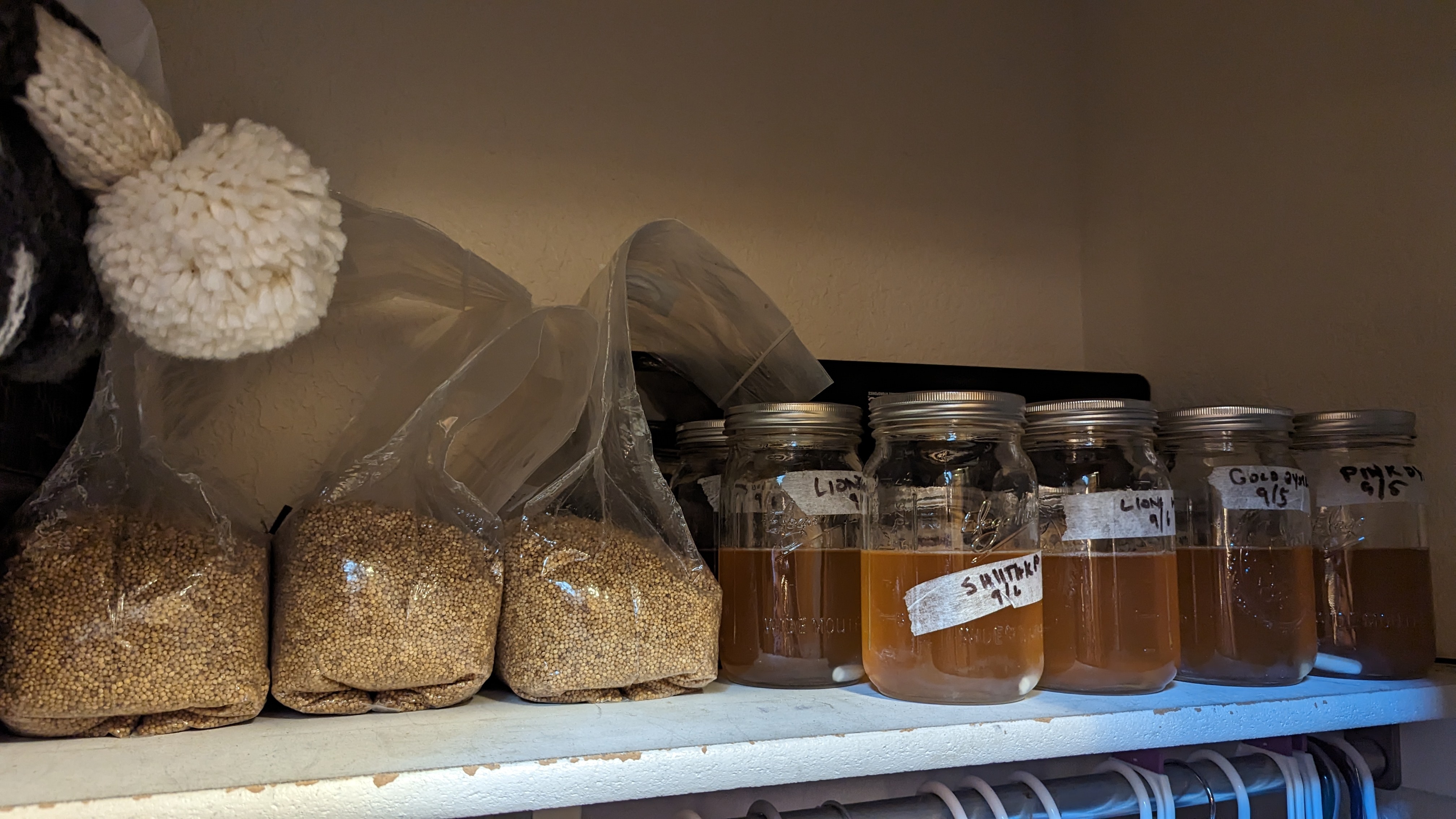A well maintained and in-spec AR is phenomenal. Jim Bob's AR he bought on sale from BCA is going to be a piece of shit. (I had one of their bolts dissolve on me once.)
The tricky bit is getting one that is actually in-spec. The original blueprints are good, but the way they are laid out gives manufacturers too much wiggle room and can be a bit more difficult to read. This leads to a slew of problems when you have people jamming together random bits from different sources.
It's a versatile weapon and I like them when properly engineered and properly maintained. It absolutely isn't the end-all-be-all and it's embarrassing to see it in the hands of idiots who just want to make a political statement.







The lead would make the bacon a bit sweeter and should mask the gunpowder undertones.